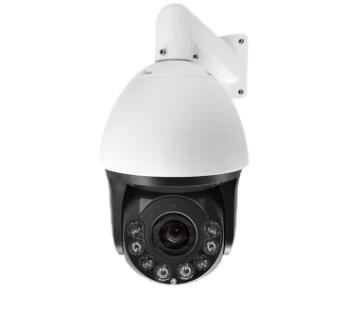Eyes on the Office: Navigating the Role of Surveillance in Workplace Environments
2023-12-05
Introduction:
In the dynamic landscape of modern workplaces, the integration of surveillance systems has become increasingly prevalent. The watchful gaze of cameras, once reserved for high-security areas, has expanded its reach to offices, warehouses, and corporate spaces. The role of surveillance in workplace environments is multifaceted, encompassing aspects of security, productivity, and employee well-being. In this blog post, we will explore the diverse functions and implications of surveillance in the contemporary workplace.
1. Security and Loss Prevention:
- Deterrence of Theft and Vandalism:
- Surveillance systems act as a deterrent against theft, vandalism, and unauthorized access. The presence of cameras can discourage individuals from engaging in criminal activities within the workplace.
- Investigation and Evidence:
- In the event of security incidents, surveillance footage serves as valuable evidence. It aids in investigations, helping authorities identify perpetrators and understand the sequence of events.
2. Employee Productivity and Performance:
- Performance Monitoring:
- Employers may use surveillance to monitor employee performance, ensuring that tasks are completed efficiently and in accordance with established standards.
- Time Management:
- Surveillance can be employed to track employee attendance and adherence to work schedules. This can contribute to effective time management and help identify areas for improvement.
3. Workplace Safety:
- Emergency Response Coordination:
- Surveillance systems play a crucial role in coordinating emergency response efforts. In the event of accidents or incidents, real-time monitoring allows for prompt and effective responses.
- Identification of Safety Violations:
- Cameras can help identify safety violations and hazardous practices, contributing to a safer work environment. This proactive approach enhances overall workplace safety.
4. Prevention of Workplace Misconduct:
- Harassment and Bullying Prevention:
- Surveillance can act as a deterrent against workplace misconduct, including harassment and bullying. The presence of cameras fosters a culture of accountability and discourages inappropriate behavior.
- Protection Against False Claims:
- In cases where false accusations are made, surveillance footage can serve as a reliable source of evidence to verify or refute claims. This protects both employees and employers from unfounded allegations.
5. Operational Efficiency:
- Process Optimization:
- Surveillance systems provide insights into operational processes, allowing employers to identify areas for improvement and optimization. This data-driven approach contributes to enhanced efficiency.
- Resource Allocation:
- Monitoring patterns of activity in the workplace enables better resource allocation. Employers can make informed decisions about staffing levels, workspace utilization, and other operational considerations.
- By analyzing surveillance data, employers can implement continuous improvement initiatives. This fosters a culture of learning and development within the organization.
Conclusion:
The role of surveillance in workplace environments is a delicate balance between security, productivity, and employee privacy. While it offers valuable benefits in terms of safety, efficiency, and compliance, organizations must navigate the ethical considerations surrounding employee privacy and autonomy. As workplaces evolve, the responsible implementation of surveillance technologies requires a thoughtful approach, ensuring that the watchful eye serves to enhance the work environment without compromising the trust and well-being of employees.



